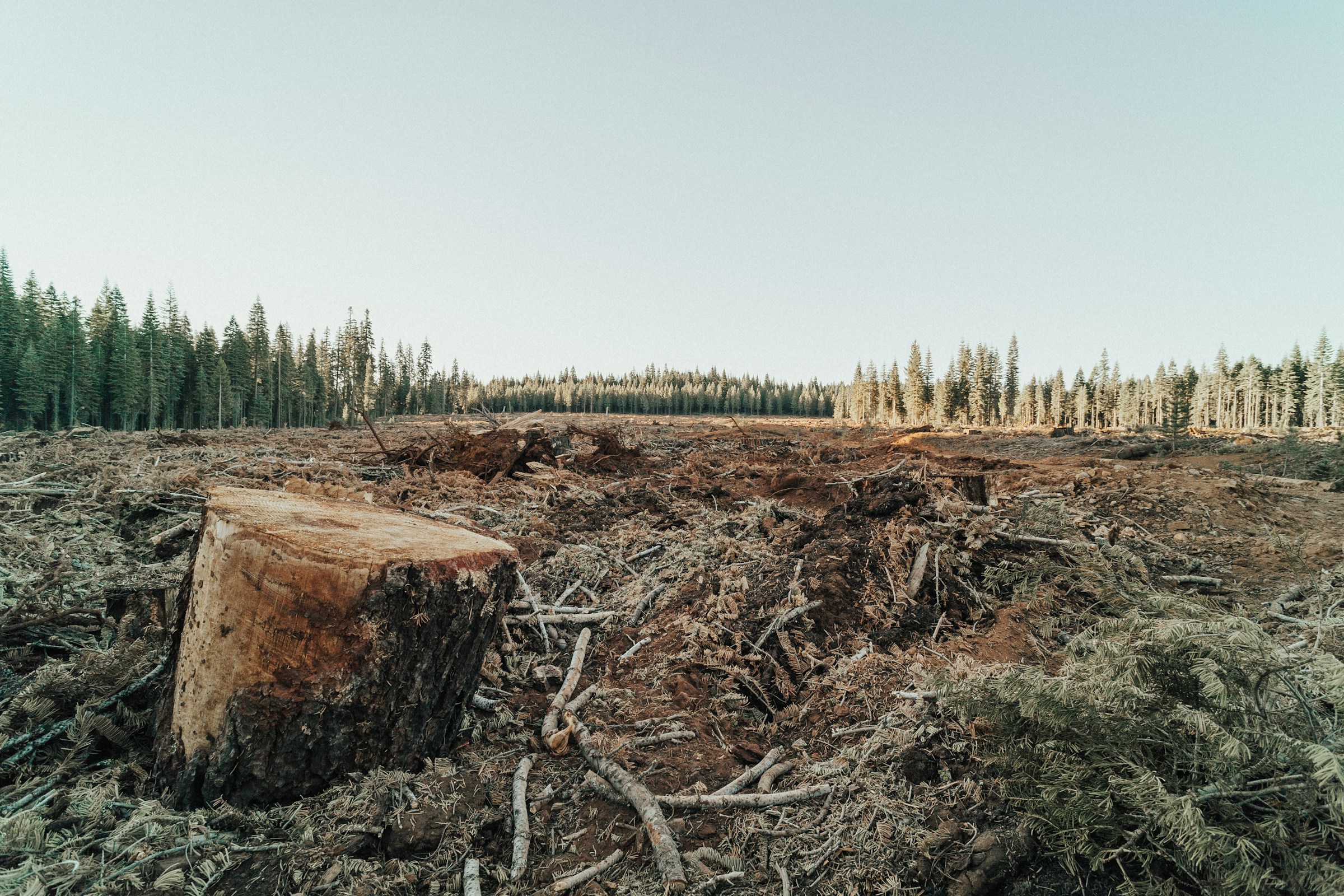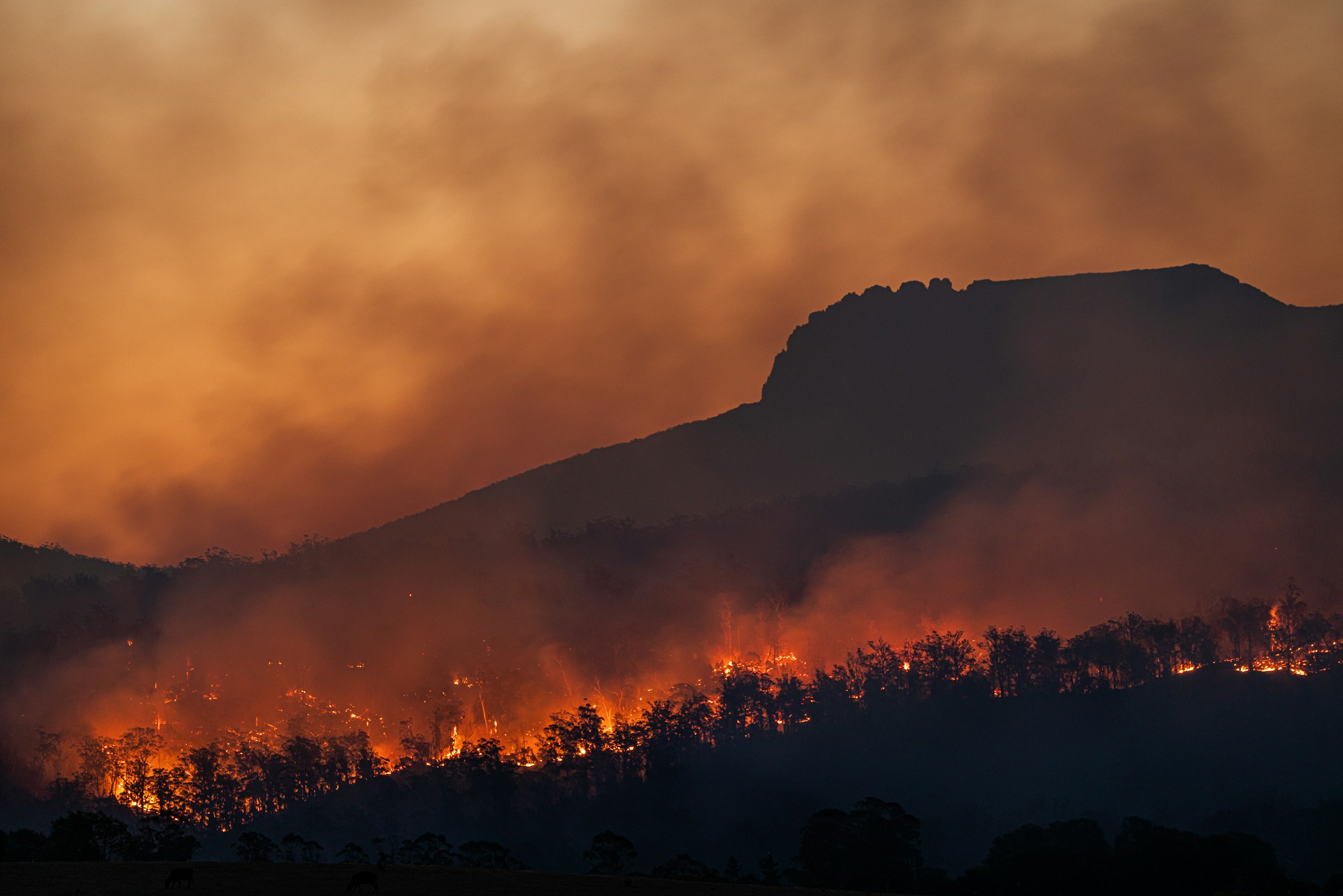Imagine a world where birds no longer return in spring, where caribou wander aimlessly in search of food, and where coral reefs—once teeming with life—become desolate graveyards beneath the sea. This is not the plot of a dystopian novel; it is the reality unfolding as global temperatures continue to rise.
Over the past century, Earth’s average temperature has increased by more than 1.2°C (2.2°F) due to human activities, primarily the burning of fossil fuels. This seemingly small shift has unleashed profound changes in ecosystems worldwide, disrupting weather patterns, accelerating habitat loss, and forcing countless species to adapt—or perish.
For wildlife, survival often depends on movement. Many species rely on migration to find food, escape harsh climates, or reproduce in safe environments. However, as the climate warms, traditional migration routes are shifting, the timing of seasonal movements is changing, and some habitats are disappearing entirely. These disruptions not only threaten individual species but also send ripples through entire ecosystems, affecting predator-prey relationships, biodiversity, and even human communities.
Rising temperatures are significantly altering animal migration patterns and wildlife habitats, leading to ecological imbalances that could have lasting consequences for our planet. Understanding these impacts is crucial—not just for conservationists but for anyone who cares about the delicate balance of life on Earth.
The Impact of Rising Temperatures on Migration Patterns
Changes in Migration Timing
As global temperatures rise, many species that rely on seasonal cues for migration are being forced to adjust their schedules. Warmer springs and delayed winters are causing birds, butterflies, and marine species to migrate earlier than usual. For instance, studies on North American songbirds have shown that many species are arriving at breeding grounds weeks ahead of their historical schedules. Similarly, monarch butterflies, known for their epic migration from Canada to Mexico, are experiencing disruptions in their timing due to unpredictable temperature shifts. In marine environments, fish species like sardines and mackerel are moving earlier in response to warming ocean currents, affecting the livelihoods of coastal fishing communities.
Shift in Migration Routes
In addition to altered timing, many species are now migrating to entirely new locations in search of cooler temperatures and suitable habitats. Animals that once thrived in specific latitudes are being forced to move to higher altitudes or toward the poles. Arctic species, such as polar bears, are particularly vulnerable as the ice they depend on for hunting is melting at an alarming rate. On land, elk and deer populations are shifting their ranges, impacting predators like wolves and mountain lions, which must also adapt to changing food availability. These shifts create ripple effects throughout ecosystems, disrupting predator-prey relationships and leading to food shortages for species unable to migrate.
Increased Mortality Rates
Extreme weather events, intensified by climate change, are making migration journeys more dangerous. Hurricanes, heatwaves, and droughts are causing higher mortality rates among migrating species. Birds face exhaustion due to longer or more erratic flight paths, while marine species struggle to navigate increasingly acidic and oxygen-depleted waters. Many animals that depend on stopover sites for rest and food along their migration routes are finding those areas degraded or destroyed, forcing them to travel longer distances with limited resources. The energy depletion caused by these disruptions is leading to declining populations in several species.
Effects on Wildlife Habitats
Habitat Shrinkage and Alteration
One of the most devastating effects of rising temperatures is the destruction of natural habitats. In the Arctic, ice caps are melting at unprecedented rates, threatening the existence of polar bears, seals, and other ice-dependent species. Meanwhile, forests worldwide are shrinking due to wildfires, deforestation, and desertification, all of which are intensified by rising temperatures. These changes not only displace countless species but also reduce biodiversity and disrupt the delicate balance of ecosystems.
Loss of Biodiversity
As habitats disappear, many species are unable to adapt quickly enough to survive. Coral reefs, home to a vast array of marine life, are experiencing mass bleaching due to rising ocean temperatures, leading to declines in fish populations that rely on them. In rainforests, animals like orangutans and jaguars are losing their homes as deforestation accelerates. Without intervention, many species face the risk of extinction, leading to cascading effects on global biodiversity.
Human-Wildlife Conflict
As animals are forced to migrate to new areas, they are increasingly coming into contact with human populations. Bears, elephants, and large predators are entering cities and farmlands in search of food and shelter, leading to increased conflicts with people. This not only poses risks for both wildlife and humans but also strains conservation efforts, as many communities resort to hunting or culling animals perceived as threats.
Broader Ecological Consequences
Disruptions in the Food Chain
The shifts in migration patterns and habitat loss are causing imbalances in the food chain. When prey species migrate earlier or to different locations, their predators struggle to find food, leading to declining populations of carnivorous species. For example, the early arrival of some fish species due to warming waters has left their predators, such as seabirds and larger fish, unable to catch them at the right time, causing declines in those populations as well.
Spread of Diseases
Warmer temperatures are also facilitating the spread of wildlife diseases. As animals migrate to new areas, they bring pathogens to regions where species have no natural immunity. For example, the warming climate has contributed to the expansion of mosquito populations, which transmit diseases like malaria and West Nile virus to both wildlife and humans. Similarly, fungal infections that affect amphibians have become more widespread due to rising temperatures, leading to massive declines in frog and salamander populations worldwide.
Solutions and Conservation Efforts
Habitat Protection and Restoration
To counteract the effects of climate change on wildlife, conservation efforts are focusing on habitat restoration. Reforestation programs help rebuild lost habitats, while the creation of wildlife corridors allows animals to migrate safely between fragmented ecosystems. Conservationists are also working to protect vital stopover sites for migratory species, ensuring they have the necessary resources to complete their journeys.
Climate Change Mitigation Strategies
Reducing greenhouse gas emissions is one of the most critical steps in mitigating climate change. Transitioning to renewable energy, promoting sustainable land and water management, and reducing deforestation are essential strategies to slow global warming. Governments and businesses must also invest in sustainable agriculture and conservation-friendly practices to minimize habitat destruction.
Global Cooperation and Policy Changes
The fight against climate change and its impact on wildlife requires international cooperation. Agreements such as the Paris Climate Accord and the Convention on Biological Diversity play a crucial role in coordinating global conservation efforts. Governments, NGOs, and individuals must work together to implement policies that protect ecosystems and ensure a sustainable future for both wildlife and humanity.
Conclusion
The rising global temperatures are reshaping migration patterns, shrinking habitats, and threatening biodiversity in ways we are only beginning to understand. The disruptions to ecosystems and food chains could have long-lasting consequences, not just for wildlife but for human societies as well. Addressing these challenges requires urgent action—from protecting habitats and reducing emissions to fostering global cooperation. By prioritizing conservation efforts now, we can help preserve the delicate balance of nature and ensure that future generations inherit a world rich in biodiversity.
Frequently Asked Questions (FAQs)
1. How exactly does climate change affect animal migration?
Climate change disrupts migration by altering seasonal temperature patterns, forcing animals to migrate earlier or later than usual. It also shifts migration routes as species move toward cooler regions, often leading to food shortages, habitat loss, and increased mortality rates.
2. What are some examples of species whose migration patterns have changed due to rising temperatures?
Many species are affected, including:
- Birds like the American robin and European swallows, which are migrating earlier due to warmer springs.
- Butterflies like the monarch, which are struggling to synchronize their migrations with seasonal resources.
- Marine species like cod and sardines, which are shifting northward in search of colder waters.
3. Why do animals migrate in the first place?
Migration is a survival strategy that helps animals find food, escape extreme weather, and reproduce in safe environments. Many species have evolved over thousands of years to follow specific seasonal migration routes, which are now being disrupted by climate change.
4. How does rising temperature impact wildlife habitats?
Rising temperatures lead to habitat destruction through melting ice caps, deforestation, and desertification. Coral reefs, which support diverse marine life, are bleaching due to warming oceans, while rainforests and wetlands are shrinking, forcing animals to relocate or face extinction.
5. What are the long-term consequences of disrupted migration patterns?
Disruptions in migration can cause imbalances in the food chain, leading to declining populations of both predators and prey. It can also increase the spread of wildlife diseases, cause biodiversity loss, and lead to more human-wildlife conflicts as animals enter urban areas in search of food and shelter.
6. Can animals adapt to climate change on their own?
Some species can adapt by changing their behaviors, such as altering migration times or finding new habitats. However, rapid climate change is occurring faster than many species can adapt, leading to population declines and possible extinctions.
7. How can humans help protect migrating wildlife?
People can help by:
- Supporting conservation efforts that protect natural habitats and migration corridors.
- Reducing their carbon footprint by using sustainable energy and reducing waste.
- Advocating for policies that combat climate change and promote biodiversity conservation.
8. What role do governments and organizations play in protecting migratory species?
Governments and conservation groups work to establish protected areas, enforce anti-deforestation laws, and implement international agreements such as the Paris Climate Accord and the Convention on Migratory Species. Their efforts are crucial in preserving wildlife and mitigating the impacts of climate change.

